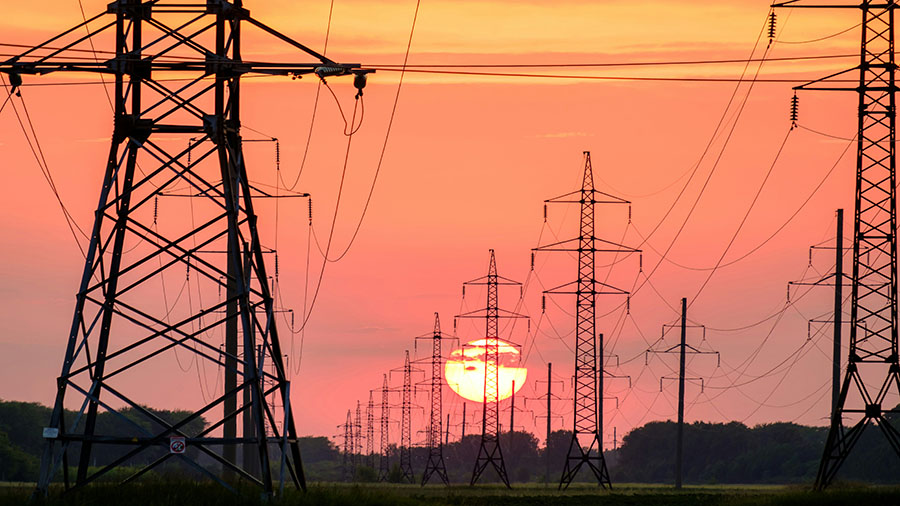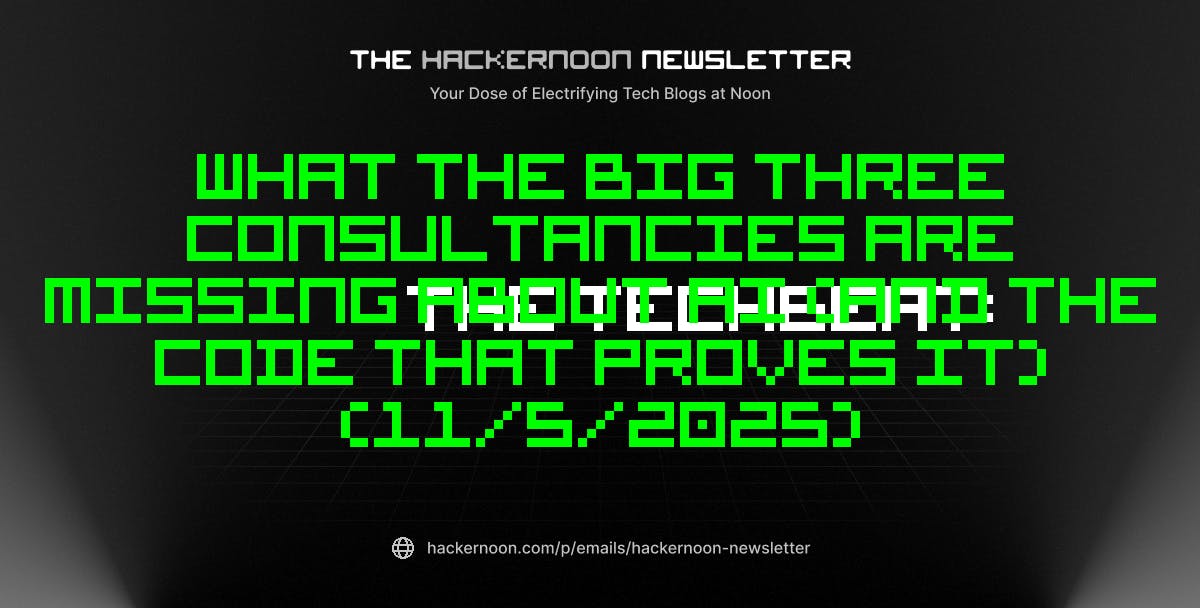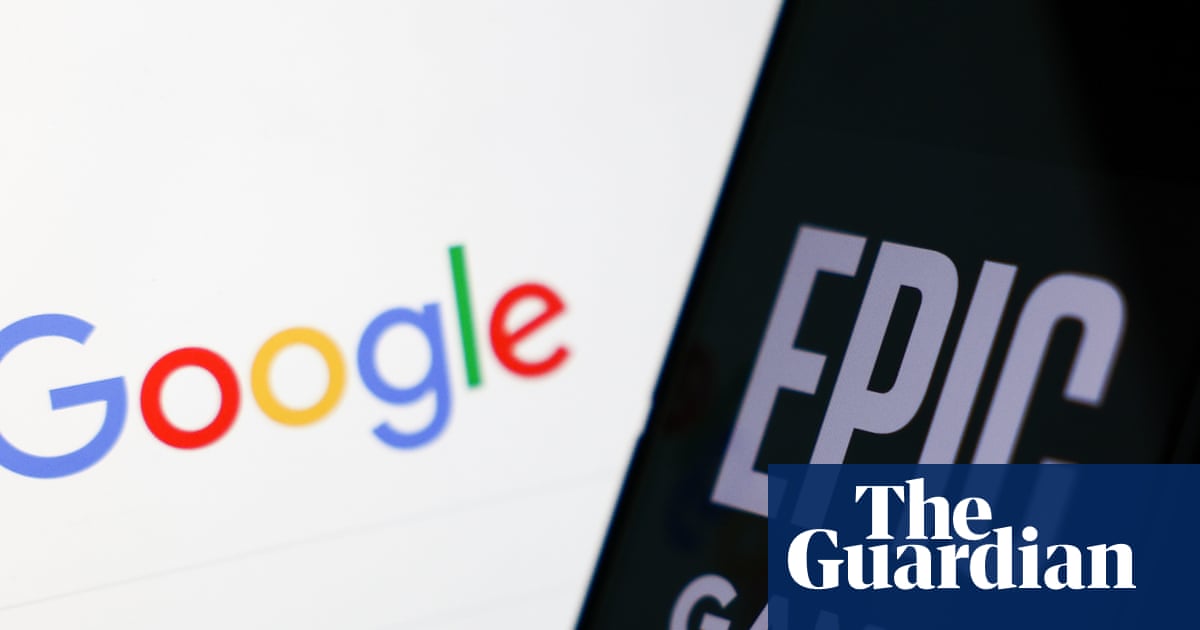By Mark Grace
New York Climate Week 2025 is in the rearview mirror and COP30 is approaching swiftly. Now is a good time to take stock of the themes that are top of mind in the conversations that I have had with founders, operators and other investors in the space.
Unsurprisingly, the theme of 2025 is AI, but there’s just one catch.
AI is about to break the grid
For the first time in two decades, electricity demand is increasing, in large part due to the growth of data centers and computers. That’s not slowing down: Demand is expected to increase more than 30% over the next decade, yet the current energy grid is ill equipped to handle that transition.
The grid is already under strain, and Americans are feeling the pain in a variety of ways: Average electricity prices nationwide increased 5% from July 2024 to July 2025 and more than 20% in some states. Outages have increased as well, with the average American experiencing 61% more outage time in 2023 vs. 2013. We’re paying more for less.
But the question isn’t whether we can afford it. It’s whether our top-down model of centralized utilities can build fast enough to meet demand. The path forward requires both optimizing what we already have and building what we need next.
Modernizing the grid we already have
While that may be true, the first order of business is ensuring that existing energy assets work effectively and reliably. Investment dollars are flowing to modernize the existing grid and mitigate vulnerabilities to ensure that grid physical assets are sufficiently resilient to withstand the strains of increased energy demand and extreme weather. Fortunately, a host of companies are innovating in this critical space to address these challenges.
Among the key players, Rhizome offers AI-driven climate risk analytics and resilience planning for utilities, while ThreeV Technologies provides visual data management and asset intelligence solutions. Gridware has developed a continuous grid-monitoring platform that helps utilities maintain real-time awareness of their infrastructure. Together, these companies represent some of the cutting edge of grid modernization efforts, combining advanced technologies like artificial intelligence, visual analytics and continuous monitoring to strengthen the backbone of our energy system.
Investing in this space is critical to reverse the trend of increased utility outages — which have already increased materially over the past decade (mostly in part to weather).
Increasing energy capacity is the second to-do, yet we’re falling behind. The U.S. will add about 63 GW of utility scale capacity in 2025, whereas China added about 429 GW of capacity in 2024 — nearly 7x that of the U.S.
The solution is at the edge
Fortunately, innovation comes at the edge, and there is strong momentum around scaling energy in a decentralized manner — the solution is bottom-up capacity growth through distributed energy resources such as rooftop and battery storage systems — quite different from the legacy systems in place today.
The growth in distributed solar is proof that this is working: Of the 32 GW of solar capacity installed in 2024, 5.4 GW was distributed (defined as residential, commercial and industrial, and community solar). Rates of attaching battery storage systems, which resolve solar’s intermittency issues, continue to climb as well with over 79% and 61% attachment rates in California and Texas, respectively, in H1 2025.
These stats are proof that distributed energy is feasible, and now the onus is on scaling. Cost has traditionally been a large barrier to consumer adoption, although that is changing with residential solar costs dropping more than 60% from 2010 to 2020. However, soft costs (sales and marketing expenditures) and financing costs have masked many of those efficiencies. This has partially been offset through federal tax credits, but per provisions in the OBBB, these will soon be phased out and leave behind considerable adoption hurdles.
Decentralization as a coordination infrastructure
Startups are responding. Consumer energy businesses like Daylight Energy 1 are using crypto-based networks to align incentives between homeowners and the grid. Instead of waiting for utilities or governments to fund new infrastructure, the Daylight Network rewards consumers in exchange for participating in their virtual power plant. The goal is to circumvent the range of expenses — hardware purchases, soft costs and financing costs — that have hampered consumer adoption to date and turn energy consumers into active participants in the grid.
In a world where we can’t wait for governments to catch up and solve the set of issues that are straining the grid (and getting worse every year), startups have to step up with organic bottom-up tools to scale energy generation.
From device coordination to financing to better energy management systems, there are ample opportunities for improvement. As a result, there is also ample opportunity for venture dollars to help these companies, whether it be investing in the businesses that manage the electrical load directly or providing the picks and shovels.
The private sector can drive the transition faster than public systems. AI is not slowing down, and neither is climate volatility. We need to scale the energy infrastructure that serves as its backbone.
Mark Grace is a principal at M13, a Santa Monica, California-based early-stage venture firm.
Photo by Andrey Metelev on Unsplash.

Stay up to date with recent funding rounds, acquisitions, and more with the
Crunchbase Daily.








